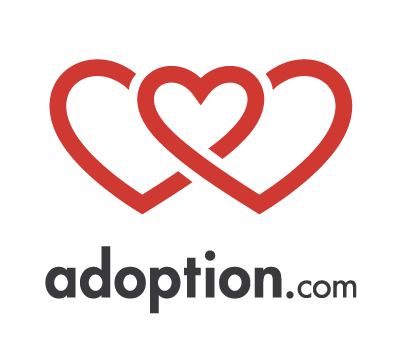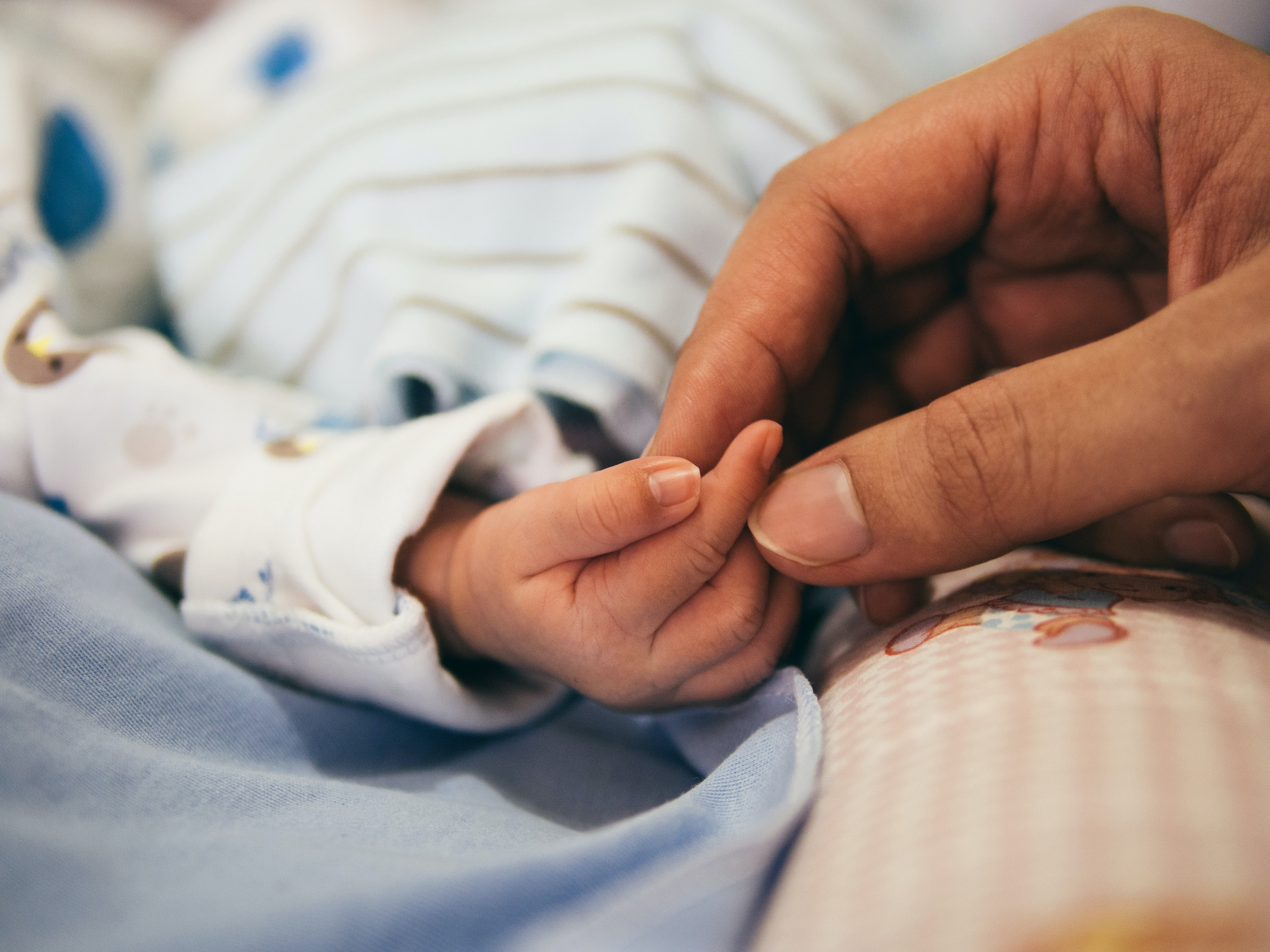Newbie Foster Care Question: How Long Does it Take to Adopt a Child I’m Fostering?
In 2014, 107,918 children in foster care were eligible for adoption. After many years of working in adoption and foster care as Executive Director of Joint Council on International Children’s Services and Program Director at the Congressional Coalition on Adoption Institute, I became intimately aware of the stress prospective adoptive parents faced dealing with the waiting process. At times it can feel to the family that the wait is the hardest part of the journey. Understanding the process of adopting from foster care and the timelines involved can alleviate some of that stress.
A Little History
On November 19, 1997, President Bill Clinton signed into law the Adoption and Safe Families Act (ASFA). ASFA was enacted with four goals in mind: The first was to move children in foster care promptly to permanent families. The concept of seeking permanency based on a “child’s sense of time” was a critical component to the legislation. One of the most notable features of the bill was to enforce the termination of parental rights (TPR) while concurrently seeking to find a qualified family to adopt the child if the child has been in foster care for 15 out of the last 22 months, or the child is abandoned as a infant, or the biological parent has committed a felony assault or murder of one of their children. However, this requirement does not apply to children being cared for by a relative or in cases in which the court has compelling reason to believe that terminating parental rights is not in the best interests of the child. This legislation also requires that children in foster care receive a “permanency” hearing no later than 12 months after the date the child entered foster care.
Timelines
On average, it can take families a year to 18 months to complete the entire process from fostering to adopting. This process to adopt from foster care is similar to the process of applying to become a foster parent. The requirements vary from state to state, but it usually starts with a pre-training (typically 4 to 10 sessions) and application. The next step is beginning a home study, which is conducted by your caseworker. Your home study can take between three to six months to complete.
TPR to Adoption
Preliminary 2014 estimates show that children waiting for adoption (whose parents’ parental rights have been terminated) spent an average of 21 months in foster care following the termination. Once parental rights are severed, the child is available for adoption. TPR must happen before a child is considered legally able to be adopted. It can be voluntary or involuntary. In some states there is a period of time in which the birth parent(s) can appeal the termination if it was an involuntary decree made by a judge. Once a child has been legally made available for adoption, the birth parents cannot claim a child or petition for his or her return.
Finalize the Adoption
There is typically a six-to-twelve month period of transition once the child is placed in your home. The adoption can often be expedited if the child you have been fostering has been in you family’s care for over six months. A finalization hearing is the last step in the adoption process. This court proceeding typically lasts about a half an hour and is the last step in the process of adopting your child. You are now a forever family!








